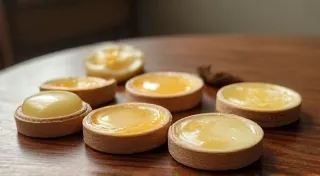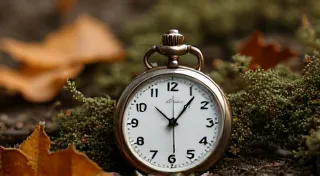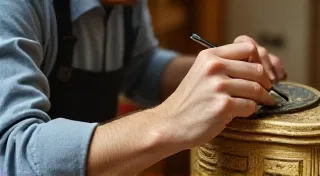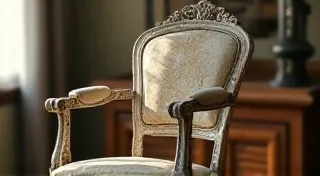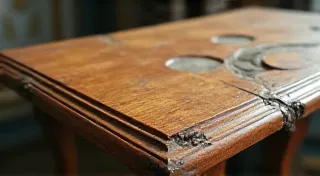Restoring Marquetry on Antique Furniture: Techniques & Materials
Marquetry, the art of applying decorative veneers in intricate designs, is a stunning feature on many antique furniture pieces. However, it’s also incredibly delicate and often suffers damage over time – missing pieces, cracks, and fading are common issues. This guide explores the techniques and materials needed to restore damaged or missing marquetry, allowing you to preserve the beauty and value of your vintage furniture.
Understanding Marquetry and its Challenges
Before beginning any restoration, understanding the nature of marquetry is crucial. Marquetry isn’t veneer in the modern sense; it’s a precisely fitted puzzle of different woods, often exotic, sometimes incorporating materials like mother-of-pearl or ivory. The designs are painstaking and require a high level of skill. The challenges in restoration aren’t just about replacing missing pieces; it’s about replicating the original craftsmanship.
Damage can stem from a variety of factors: insects, moisture, poor storage, and simply the passage of time. Loss can be localized, affecting only a small area, or widespread, requiring significant reconstruction. To truly appreciate the history of the materials used, consider exploring the cartographer's map: tracing the lineage of wood in antique furniture – understanding the origins and history of the timber itself can offer invaluable context for restoration.
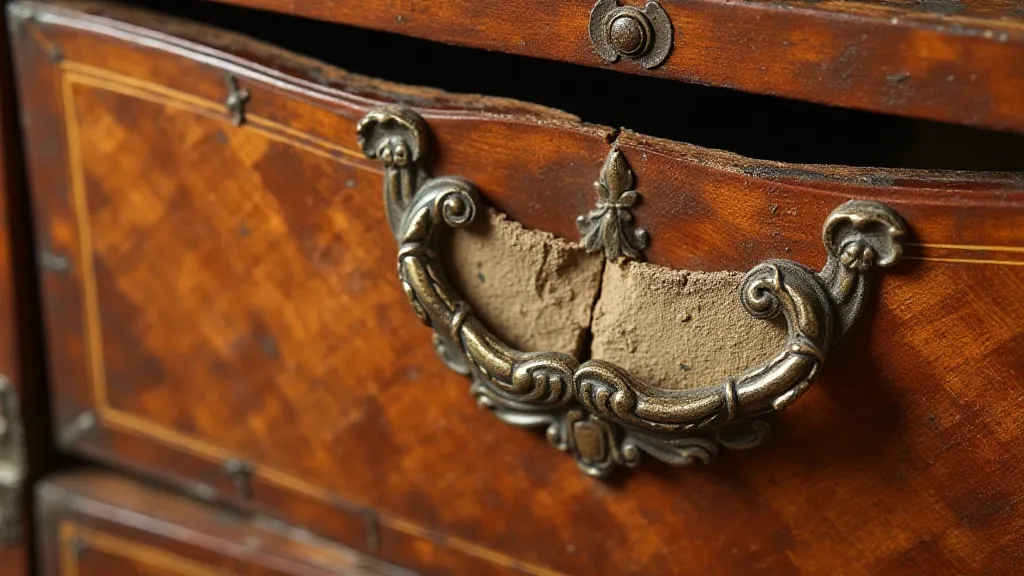
Assessing the Damage & Planning the Restoration
The first step is careful assessment. Photograph the damaged area thoroughly. Note the type of wood used in the marquetry – this is crucial for matching replacements. If possible, examine other areas of the piece that remain undamaged to gain a better understanding of the original design and wood types. The specific wood types employed are often vital to understanding the piece’s history and value; sometimes, microscopic examination is required to identify them accurately.
Consider the extent of the damage and your skill level. Minor repairs can be tackled by a confident DIYer. Extensive reconstruction is best left to a professional conservator or experienced furniture restorer. Attempting a complex repair without the right expertise can easily cause further damage. Remember that the selection of appropriate adhesives and finishes is key to the long-term success of any restoration project.
Materials for Marquetry Restoration
Gathering the correct materials is essential. Here’s a breakdown of what you’s typically need:
- Replacement Woods: Matching the original wood is paramount. This often involves identifying the wood species (sometimes requiring microscopic examination) and sourcing similar pieces. Common woods used in marquetry include ebony, rosewood, maple, walnut, and burr elm. Finding suitable replacements can be challenging, especially for rarer timbers.
- Adhesives: Historically, animal glue was used. Modern alternatives like Titebond Original wood glue (for less critical repairs) or a reversible adhesive are options. Reversibility is important in case future conservation work is needed, allowing for adjustments or refinements over time.
- Tools: A sharp knife (often a X-acto knife or a specialized marquetry knife), a small plane or spokeshave, clamps, sandpaper (various grits), and a veneer hammer (optional) are necessary. Sharp tools are essential for clean cuts and precise fitting.
- Finishing Materials: Shellac, wax, and occasionally oil finishes were used historically. Matching the original finish is ideal, but a compatible modern finish is acceptable. Understanding the properties of different finishes – their application, durability, and compatibility with the wood – is critical for a successful restoration.
- Mother-of-Pearl & Other Inlays: When dealing with marquetry that incorporates materials like mother-of-pearl or other inlays, the restoration process becomes even more complex. The fragility of these materials requires specialized techniques and a delicate touch. For detailed insights into restoring these types of decorative elements, explore restoring inlaid details: mother-of-pearl and other materials.
Restoration Techniques: Patching & Reconstruction
The specific technique used will depend on the extent of the damage.
Patching Small Losses
For small losses, carefully cut a replacement piece from matching wood. Fit it precisely into the void, using adhesive to secure it. Clamp the piece in place until the adhesive dries completely. Sand the patch flush with the surrounding surface. Accuracy is key here – even the smallest discrepancies can be noticeable.
Reconstructing Larger Areas
For larger losses, the process is more involved. A full pattern transfer might be required, tracing the design onto replacement wood. This requires precise cutting and fitting. It's often helpful to create a mock-up on scrap wood to practice the process. The level of detail and accuracy required for larger reconstructions can be truly remarkable, requiring a high degree of skill and patience.
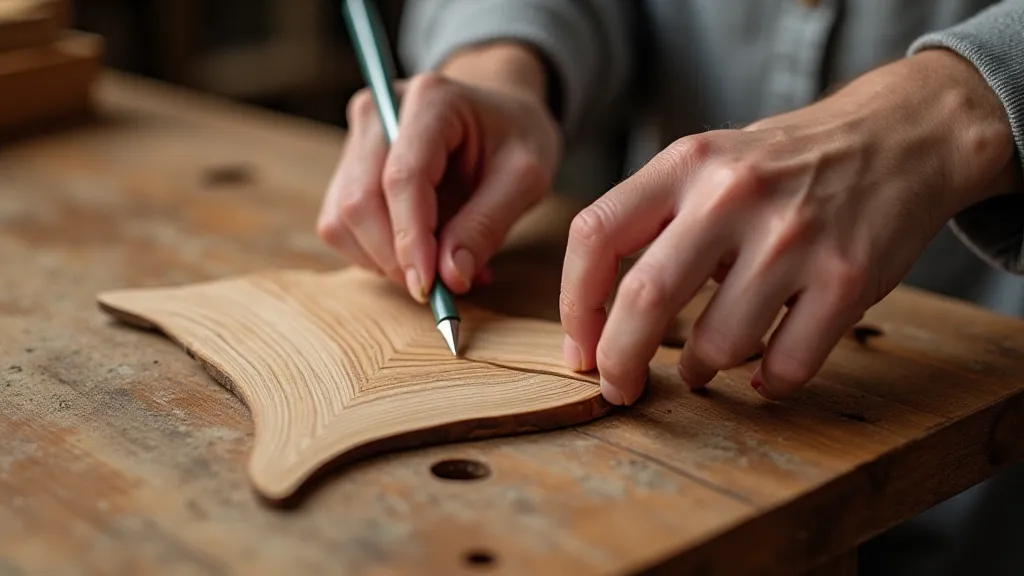
Once all pieces are cut and fitted, assemble the section on a flat surface, securing them with adhesive. Apply gentle pressure with a veneer hammer, ensuring a tight fit. Clamp the section in place and allow it to dry completely. Finally, carefully attach the reconstructed section to the furniture piece. The adhesive used must be appropriate for the types of wood and inlay materials involved, as incorrect selection can lead to long-term damage.
Finishing & Preservation
Once the marquetry is restored, the finishing process is crucial. Apply a thin layer of finish, such as shellac or wax, to protect the wood and enhance its beauty. Regular dusting and occasional waxing will help preserve the restoration for years to come. Avoid direct sunlight and extreme humidity, as these can cause further damage. Proper preservation is as important as the restoration itself. To ensure your restored antique furniture remains beautiful for generations to come, it's essential to implement preventative measures. Learn more about protecting your restored antique furniture: preventative measures.
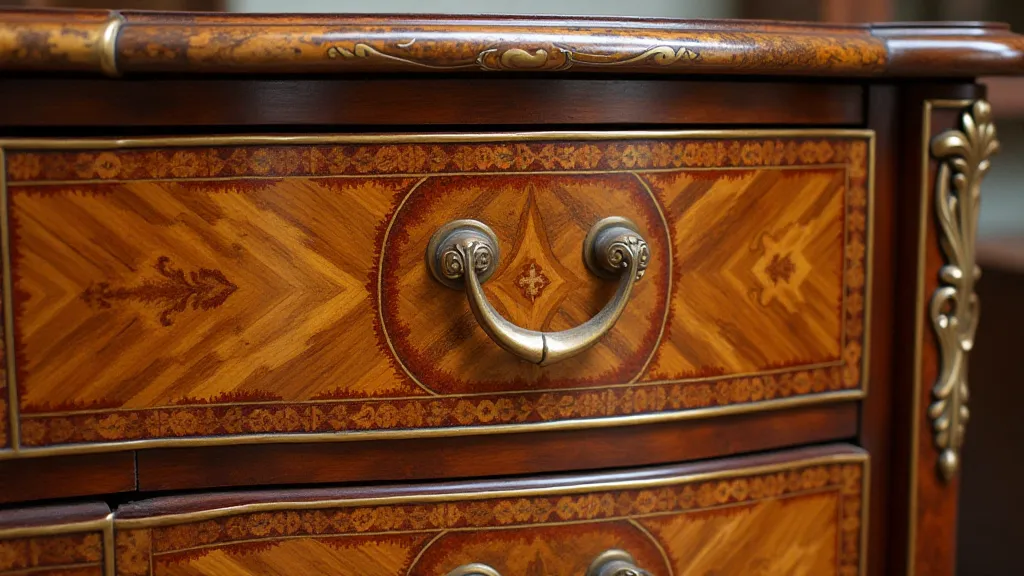
When to Seek Professional Help
Restoring marquetry is a challenging task that requires patience, skill, and a deep understanding of woodworking and conservation principles. If the damage is extensive, or if you’re unsure about any aspect of the process, it's always best to seek professional help. A qualified furniture conservator can ensure that the restoration is carried out correctly, preserving the integrity and value of your antique furniture piece. Incorrect restoration attempts can significantly devalue the furniture and even cause irreversible damage, so it's always best to err on the side of caution. Furthermore, if the furniture has missing hardware, replacing it with period-appropriate styles can complete the restoration and enhance the piece’s authenticity. Consider researching replacing missing furniture hardware: matching period styles.
Beyond the technical aspects of marquetry restoration, there's an ethical consideration. The goal isn's to create a "perfect" replica, but to stabilize the existing condition and prevent further deterioration. Over-restoration can erase valuable historical evidence and diminish the piece’s authenticity. A conservator will prioritize reversibility – using techniques and materials that allow for future adjustments or refinements, ensuring the furniture’s long-term preservation.
The history of marquetry is intertwined with the history of craftsmanship, design, and even trade. The woods used often traveled vast distances, reflecting global connections and cultural exchanges. Understanding this context can enrich your appreciation for these exquisite pieces of furniture.

